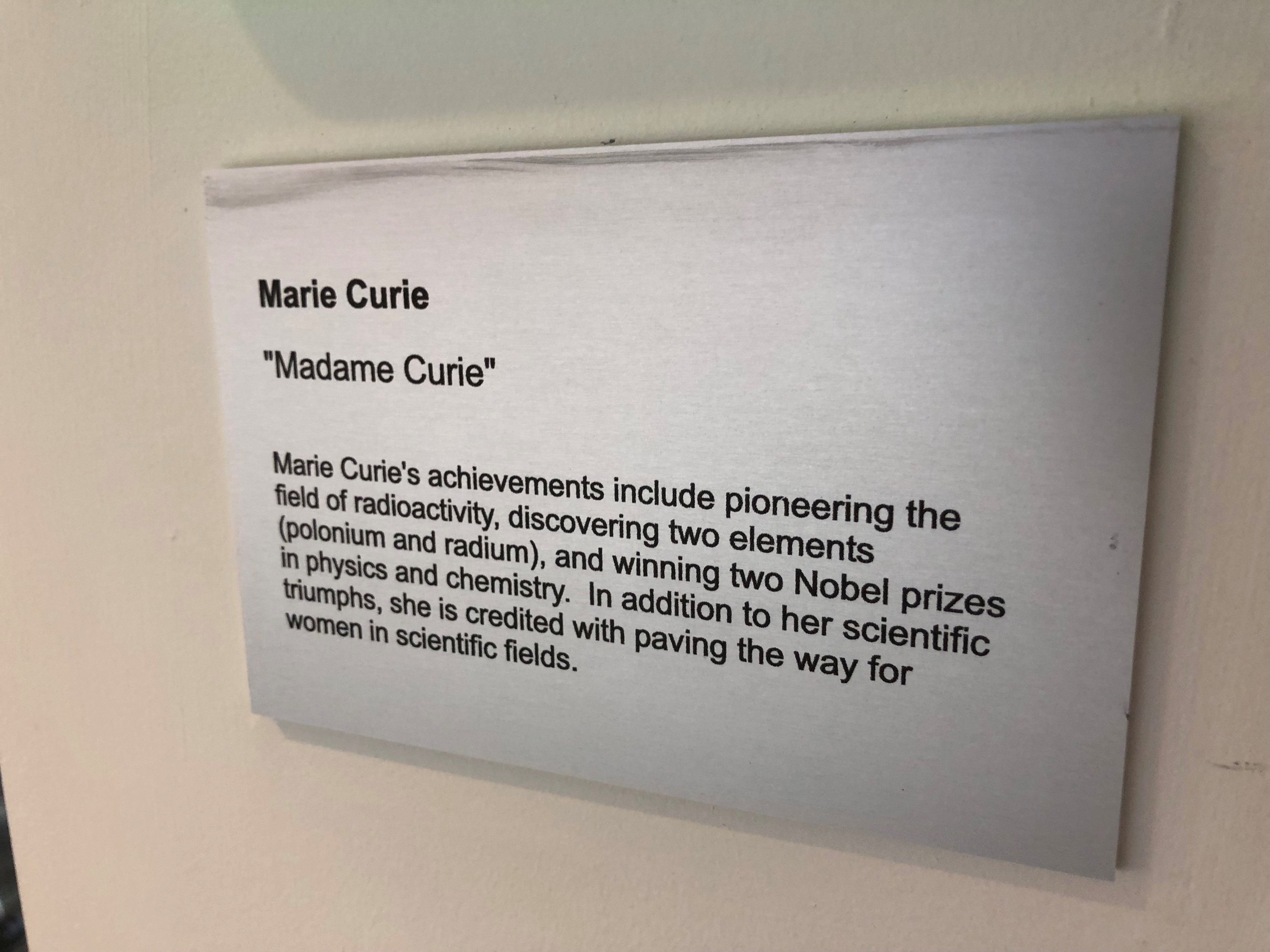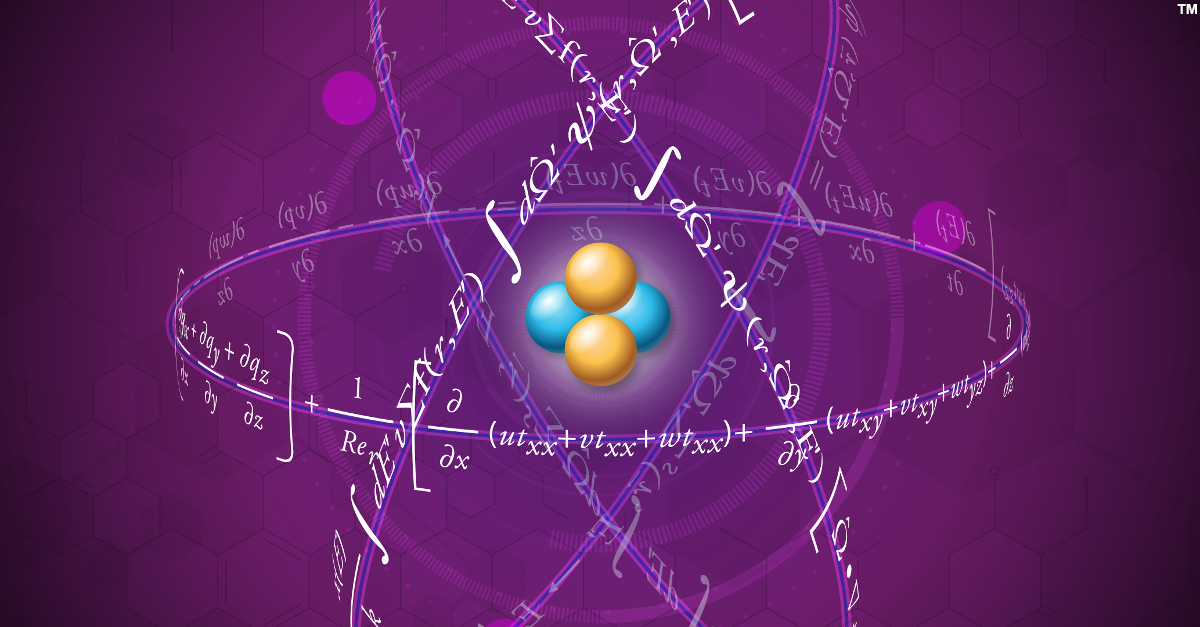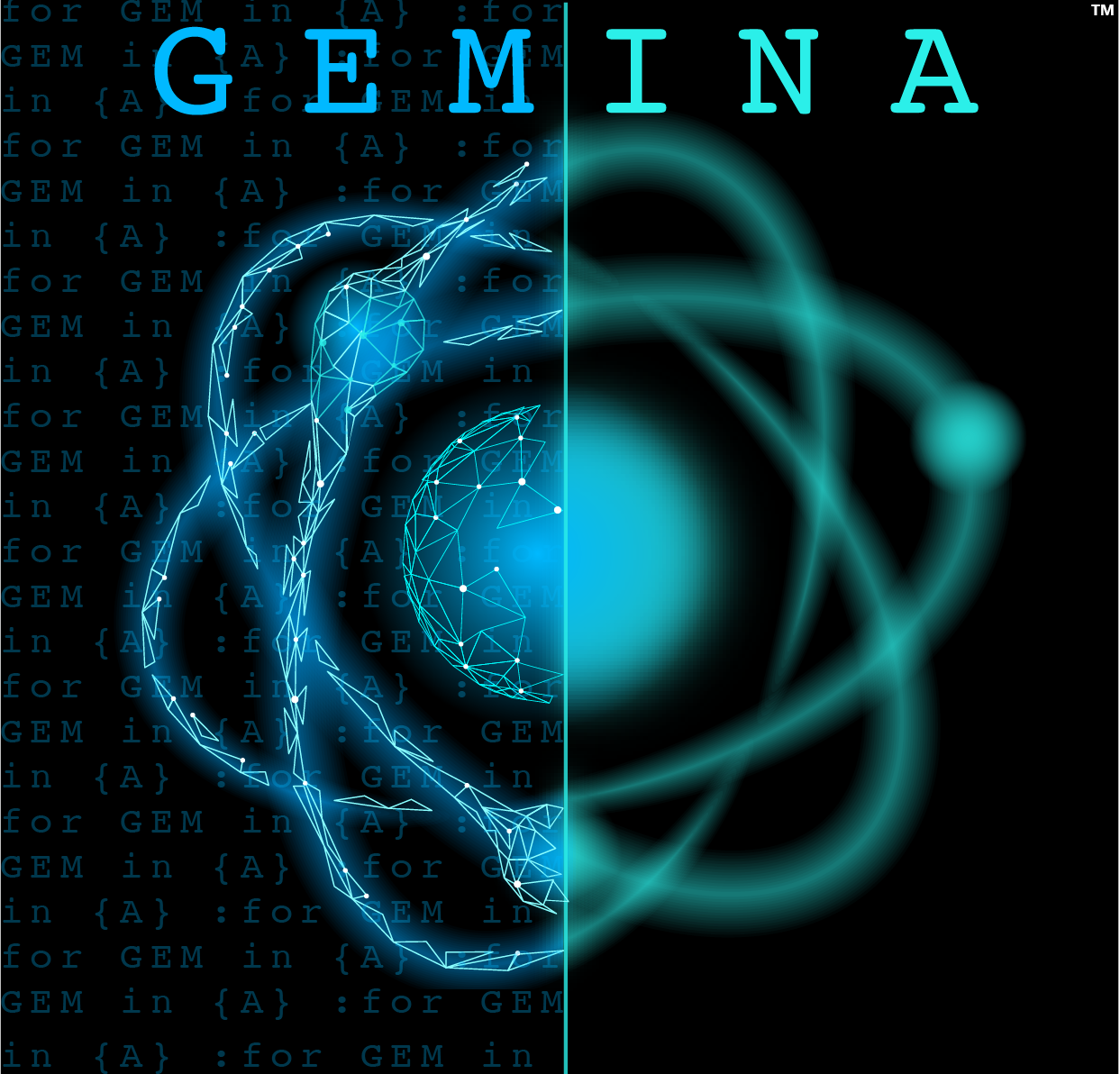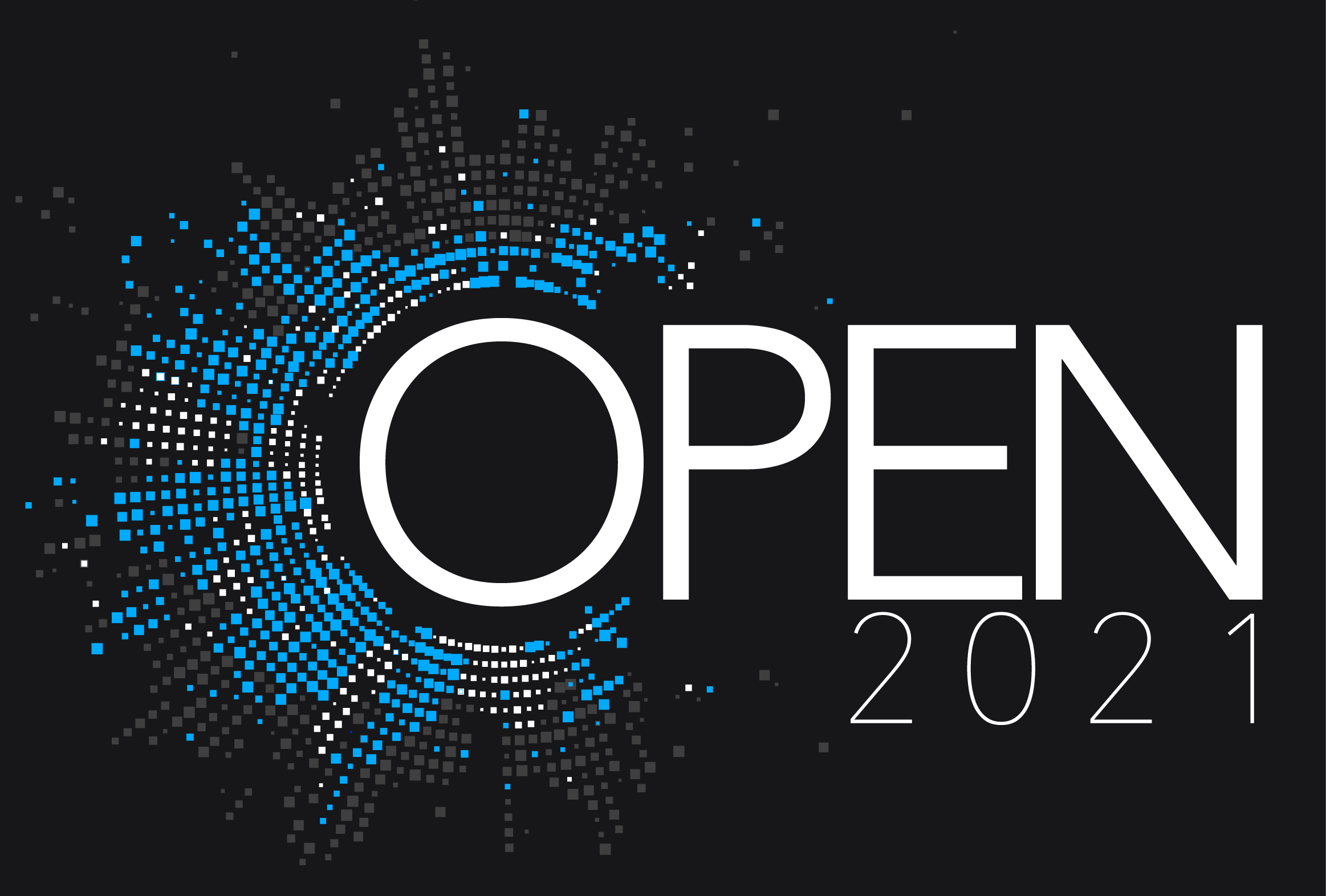
Steering the Ship
Women have always been at the forefront of scientific discovery, seeking new technical horizons from physics to chemistry and everywhere in between. As Women’s History Month draws to a close, ARPA-E honors the inspirational women at the heart of our own mission to chart new courses in how we use, generate, and store energy.
It is no coincidence that we named one of our conference rooms after legendary physicist Dr. Marie Curie when ARPA-E's office was first built. To this day, Dr. Curie and her namesake conference room continue to serve as an inspiration for the transformational work pioneered by the women of ARPA-E. Most recently, that inspiration has taken the form of a new ARPA-E program to support the deployment of advanced nuclear reactors.

The CURIE program – which stands for “Converting UNF Radioisotopes Into Energy” – is led by one of our newest Program Directors, Dr. Jen Shafer, whose rich background in nuclear science and engineering is critical to the development of transformational technologies in this field. Technologies developed within the CURIE program could substantially reduce the disposal impact of used nuclear fuel and support a comprehensive national strategy to deal with waste safely and securely. CURIE represents a $48 million investment to support the deployment of advanced nuclear reactor technology by providing safe and sustainable domestic fuel stocks.

CURIE continues the legacy of other women-led programs at ARPA-E pushing the technical horizons in the nuclear energy space. Former ARPA-E Program Director Dr. Rachel Slaybaugh launched the MEITNER program in 2018 to identify and develop innovative technologies that can enable designs for lower cost, safer advanced nuclear reactors. MEITNER was named in honor of famed nuclear physicist Dr. Lise Meitner, whose work was instrumental in the discovery of nuclear fission. Dr. Slaybaugh also created ARPA-E’s GEMINA program in 2019 to develop digital twin technology for advanced nuclear reactors and transform operations and maintenance systems in the next generation of nuclear power plants. Complementing the work of these three programs is a recent Exploratory Topic developed by Dr. Slaybaugh and led by Dr. Shafer that was also inspired by Dr. Meitner, known formally as Leveraging Innovations Supporting Nuclear Energy but more affectionately referred to around the office as “Lise”.


(Left-to-right: graphics representing ARPA-E's MEITNER and GEMINA programs)
In addition to the contribution women at ARPA-E have made in nuclear energy, another woman-led program at ARPA-E has been exploring new territory in the building space. Dr. Marina Sofos recently set afloat the HESTIA program, a $45 million initiative to support the development of technologies that cancel out embodied emissions while transforming buildings into net carbon storage structures. HESTIA – which stands for “Harnessing Emissions into Structures Taking Inputs from the Atmosphere” – will develop and demonstrate building materials and whole-building designs from a wide range of potential feedstocks – such as forestry and purpose-grown products, agricultural residues, and direct carbon utilization – that are net-carbon-negative on a life-cycle basis by using atmospheric CO2 in the production process. Dr. Sofos also oversees an Exploratory Topic which complements the full HESTIA program, and features women-led project teams at the University of Washington and the University of California, Davis.
Women drive innovation at ARPA-E at all levels of their careers, guiding our work from stem to stern. ARPA-E’s Acting Director Dr. Jennifer Gerbi has been at ARPA-E’s helm since the start of 2021, steadying the ship through turbulent waters. Since Dr. Gerbi has been in charge of ARPA-E, we have launched seven focused technology programs, including our latest OPEN program which provided $175 million for 68 projects across 22 states. Herself a former ARPA-E Program Director, Dr. Gerbi has led programs with a focus on improving the energy efficiency and management of buildings via advanced sensing systems and storage, novel insulating materials for windows, and renewable energy generation via photovoltaics.

Exceptional female leaders at ARPA-E such as Dr. Shafer, Dr. Sofos, Dr. Gerbi, and our newest female Program Director Dr. Olga Blum Spahn will no doubt make great contributions to our clean energy transition.
ARPA-E Fellows are also leading the way in technical whitespace mapping and agency strategy. Dr. Katharine Greco has been investigating technologies for zero-emission food production. She recently interviewed ARPA-E performer Mori about their bioreactors that grow meat without the animal. Dr. Elizabeth Shoenfelt Troein has been evaluating phytomining as a potential carbon-negative source of critical minerals necessary for the clean energy transition. She explores this topic in her ARPA-E Fast Pitch entitled No need to bore: Bio-ore (for carbon-negative mining). Dr. Emily Yedinak has been doing a deep dive into the potential of extracting low- or zero-carbon hydrogen from the subsurface and she published a recent perspective article in Joule.
The waters of early-stage energy research and development can be choppy, but we know we’re headed in the right direction with these women steering the ship.
